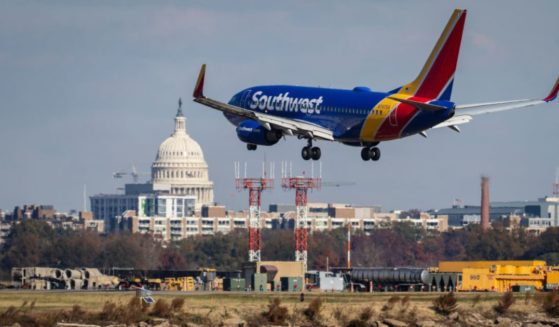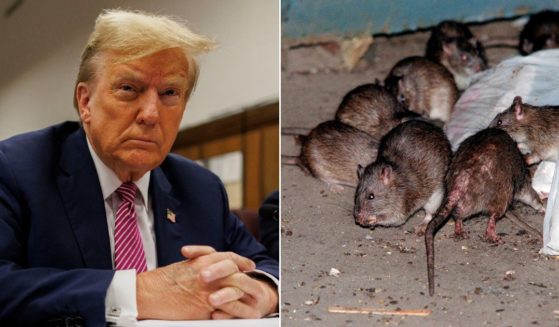NYC Adds Thousands of People Who Never Tested Positive to Coronavirus Death Count
New York City is adding people who did not test positive for the coronavirus to its count of those who died from COVID-19.
On Tuesday, the city decided to add people who never tested positive but are presumed to have died from the virus, helping to raise the death toll by 3,700 in one day, according to The New York Times.
When The Times did the math, it said the new figures increased the total death tally in the United States by 17 percent in a day.
Although the Johns Hopkins Coronavirus Resource Center and the city calculate numbers differently, the center says that more than 26,000 Americans have died of the disease, including more than 7,900 in New York City.
The new figures released by the city would push the number of dead in New York City to over 10,000.
“Behind every death is a friend, a family member, a loved one. We are focused on ensuring that every New Yorker who died because of COVID-19 gets counted,” Dr. Oxiris Barbot, the commissioner of the NYC Health Department, said in a statement.
“As a city, it is part of the healing process to be able to grieve and mourn for all those that have passed because of COVID-19. While these data reflect the tragic impact that the virus has had on our city, they will also help us to determine the scale and scope of the epidemic and guide us in our decisions.”
According to Politico, people with death certificates that do not reference the virus are not counted in the new death toll figures.
“Freddi Goldstein, press secretary to Mayor Bill de Blasio, said Tuesday that the data include at-home deaths of people suspected of having Covid-19, the disease caused by the coronavirus,” Bloomberg reported.
“That judgment is based on reported symptoms including cough, fever and shortness of breath,” the outlet added.
Barbot said that in addition to confirmed coronavirus deaths, there is a substantial indirect factor that touched people who might not have been infected.
About 3,000 more people died in New York City between March 11 and April 13 than she would have normally expected, she said.
The argument for eventually adding what The Times called “excess deaths” to the death tally is that if the outbreak had not overloaded the city’s health care system, the people who died might not have done so.
“This is yet another part of the impact of COVID,” Barbot told The Times, claiming that a study of indirect deaths was done after Hurricane Maria hit Puerto Rico.
That study, which counted deaths that took place long after the storm had passed, raised the island’s death toll from less than 100 to several thousand, according to The Associated Press.
“What New Yorkers are interested in, and what the country is interested in, is that we have an accurate and complete count,” Barbot said. “It’s part of the healing process that we’re going to have to go through.”
For now, the federal Centers for Disease Control and Prevention only want a report of anyone confirmed to have actually had the disease.
“We are more than happy to report on probables,” Barbot said.
Counting deaths where there is only an indirect link could be “very hard to do” while the outbreak is taking place, said Sabrina McCormick, an associate professor of environmental and occupational health at George Washington University, which was involved in the study of indirect deaths after Hurricane Maria.
“This virus is moving so fast,” she told The Times.
But McCormick analyzing the number of indirect deaths is “the simplest and most straightforward way of measuring how many people have died from an extreme event.”
Truth and Accuracy
We are committed to truth and accuracy in all of our journalism. Read our editorial standards.












